Edinburgh's Royal Mile (connecting Edinburgh Castle with Holyrood Palace) is situated along a ridge of volcanic rock with steep slopes running north (towards the old Nor'loch, now the Princess street gardens) and south (towards the University). In the 1600's and 1700's, the walled city was only a half-mile long by a quarter-mile wide and was very congested with tenements reaching 14-16 stories, often with hundreds of inhabitants in each tenement building. Estimates at the time put the population of Edinburgh at 60,000. Living quarters at the bottom and the top of these tenements housed the poor, while the middle floors were reserved for the more well-to-do. Often the tops of the tenements became unstable and would collapse on floors below.
Mary King inherited a warren of underground streets and spaces from her father, Advocate Alexander King. These were in the heart of the busiest and most vibrant part of Edinburgh. By 1630, Mary had become a prominent business woman and had a "Close" (a narrow alley running perpendicular to the Royal Mile and which was often gated and locked at night for the protection of the inhabitants ) named after her. At the time, it was very unusual to name a "Close" after a woman. By 1753, the lowest levels were taken over by the government in order to form the foundation for the Royal Exchange building. During World War II, some of the spaces of Mary King's Close were used as air raid shelters. Today, the "Real Mary King Close" portrays an historical picture of Edinburgh life between the 16th and 19th centuries.
By the 1750's, Edinburgh had developed plans to expand the city, because of its growing population, out north towards the Nor'loch and south towards the University. However, the steep slopes and Closes were not suitable for wagons nor carriages. The answer was to construct bridges to span the valleys. The South Bridge, which was built between 1785 and 1788, was to link High Street (now known as the Royal Mile) with the University area. This 1000 foot long and 55 foot wide structure was supported by 19 arches. The underground vaults created by these arches were used by merchants for workshops and storage. Unfortunately, the builders forgot to waterproof the structure, so all manner of liquids and sewage began to seep in and the merchants began to move out. The poorest of the poor soon took over the vaults as shelters, as did criminals and prostitutes. Conditions became so bad however, that by 1860 most of the vaults had been abandoned and filled in with rubble. In the 1980's, former rugby player Norris Rowan bought property on South Bridge and rediscovered the vaults. Over the next ten years, Rowan and some of his friends worked on cleaning them out.
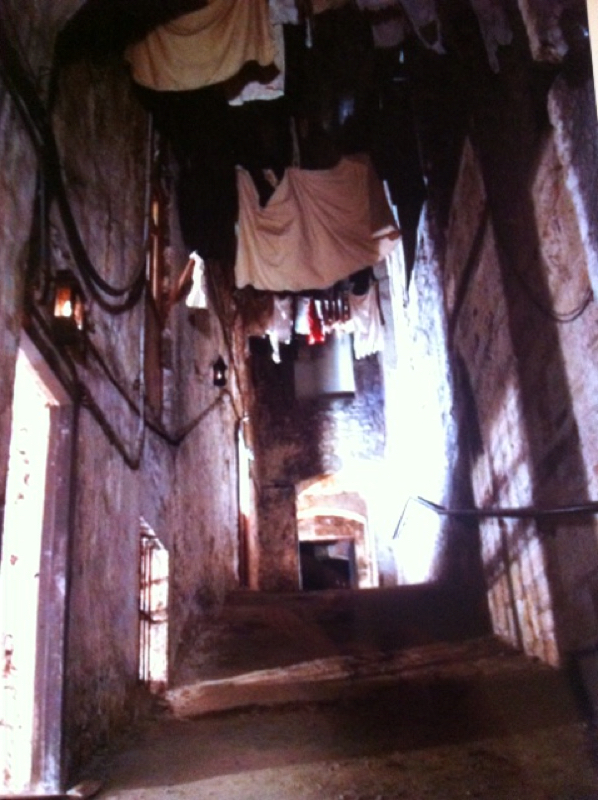
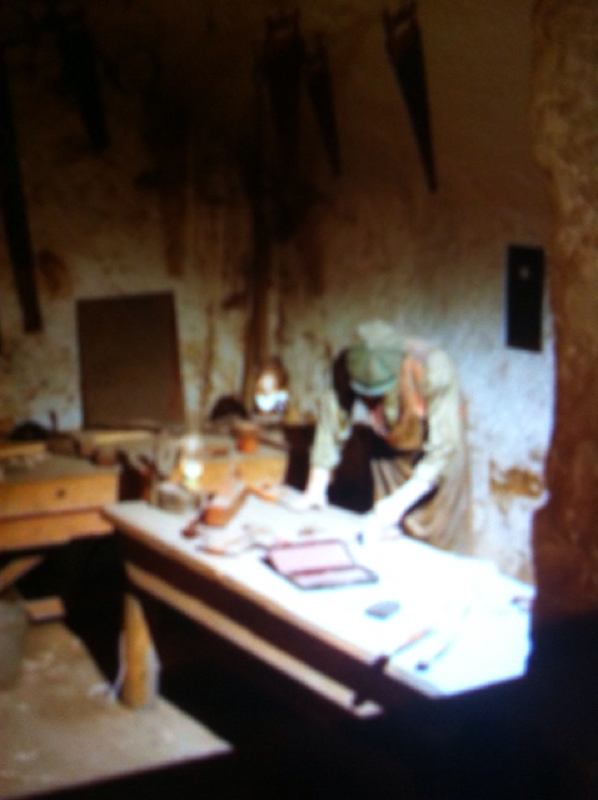
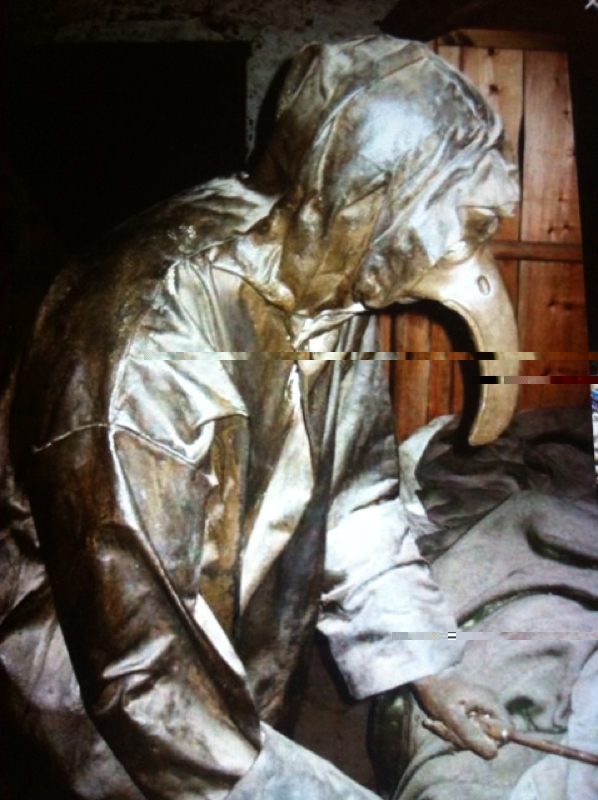
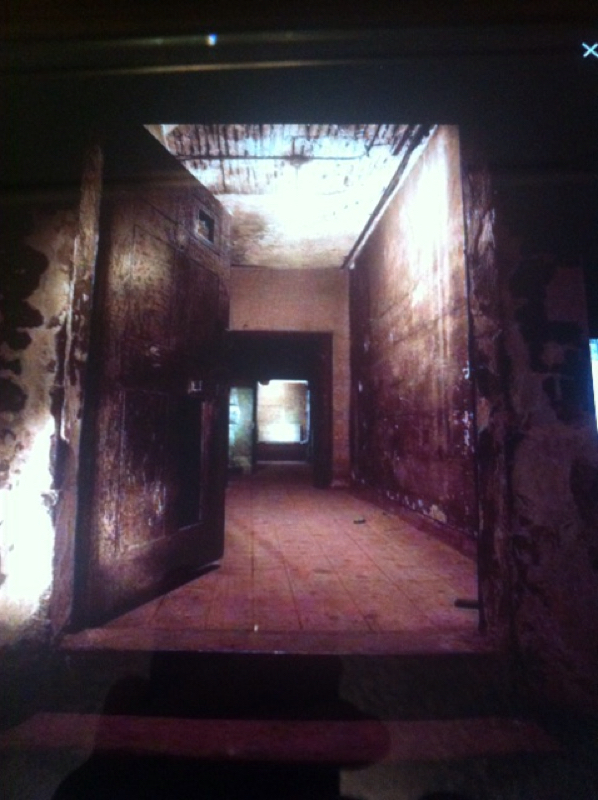
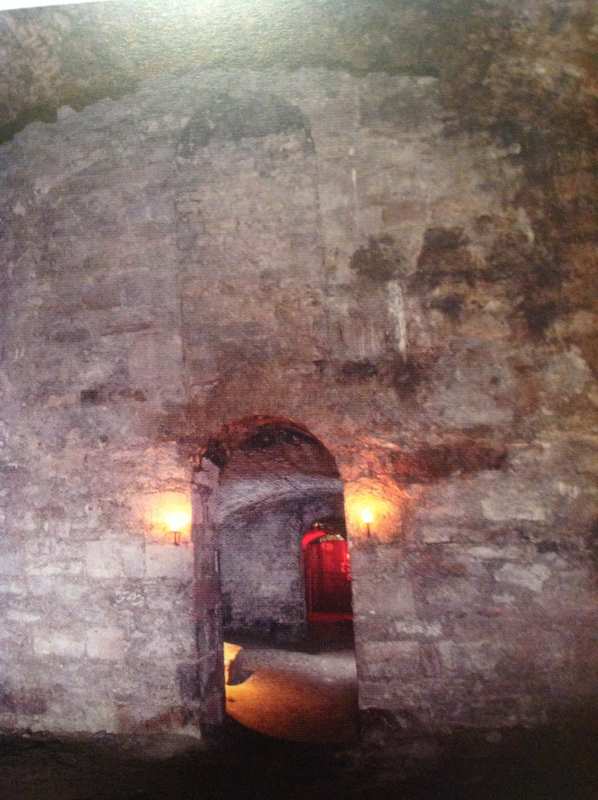
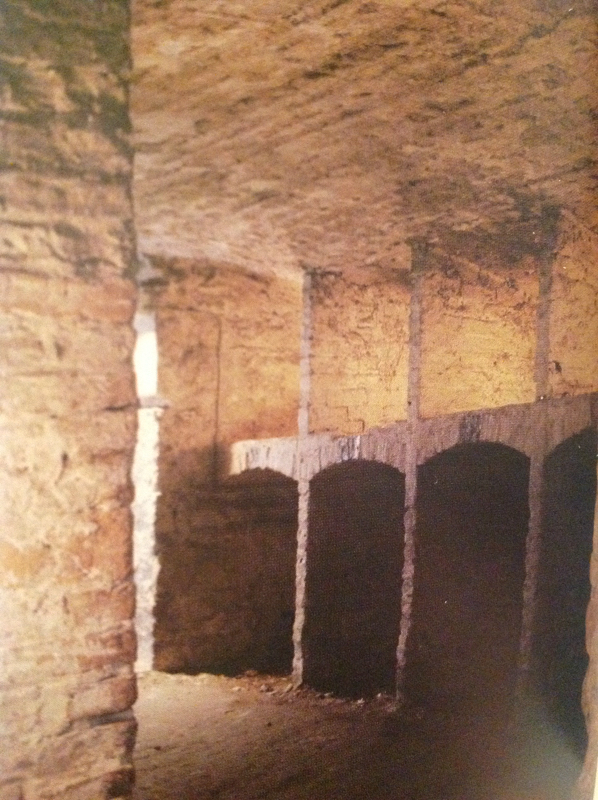
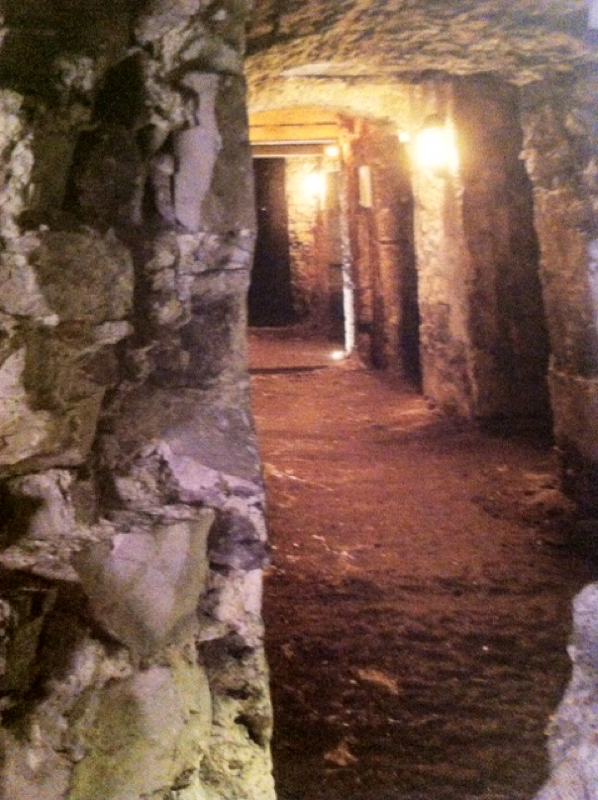
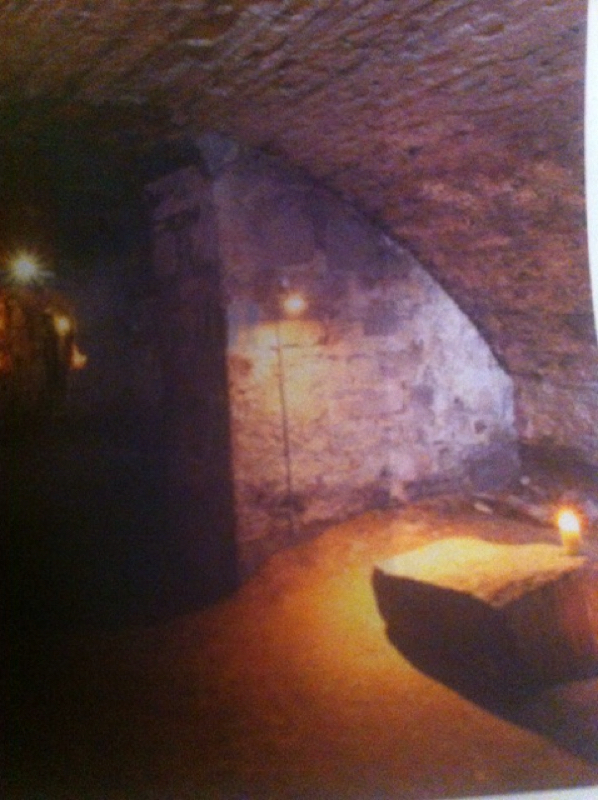
 RSS Feed
RSS Feed
